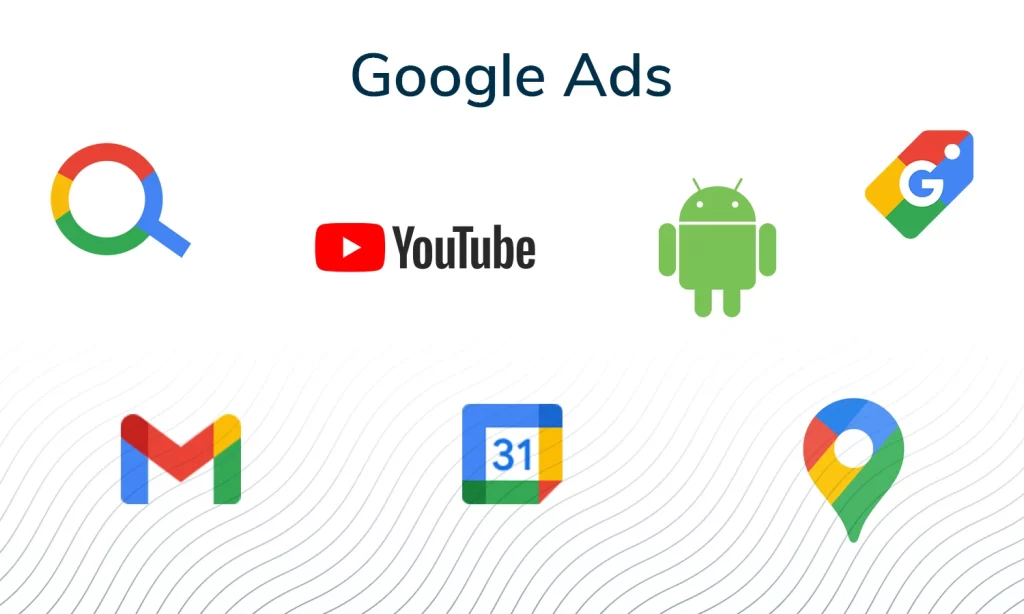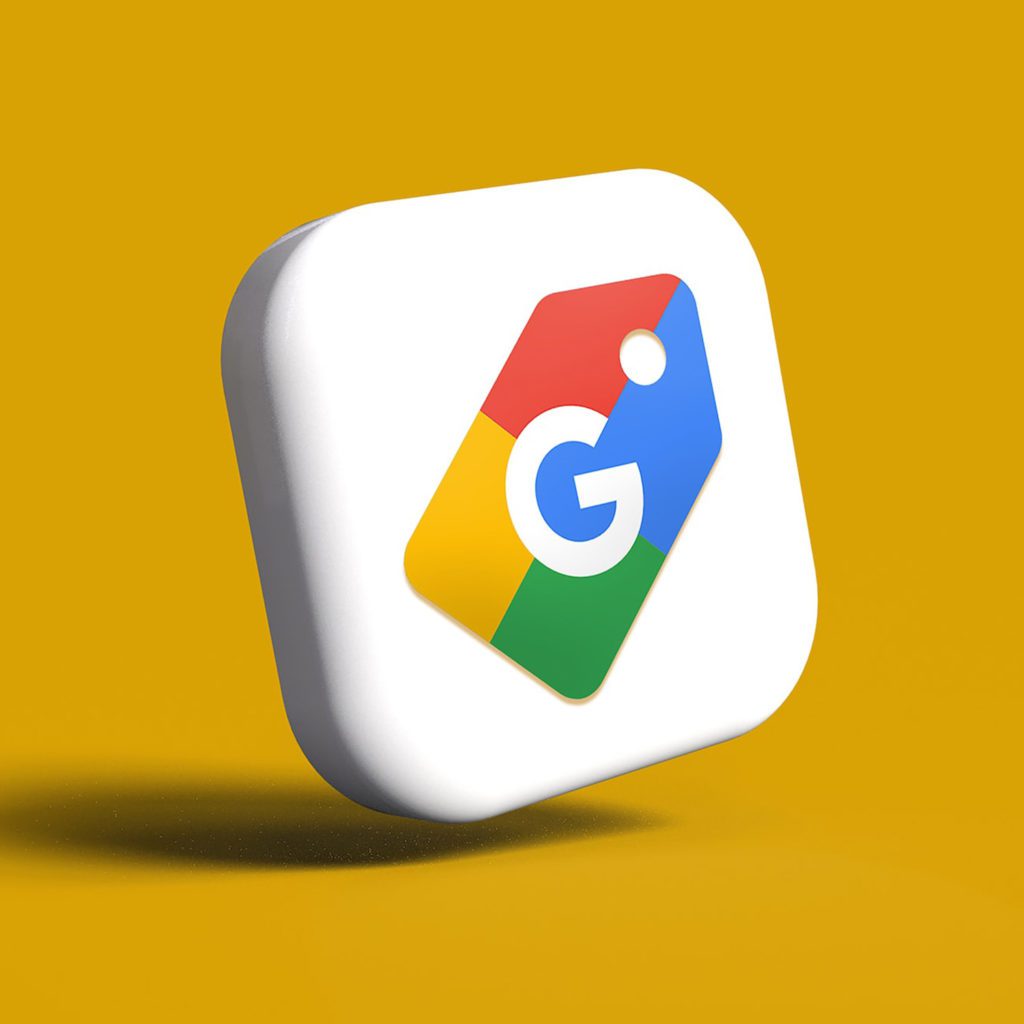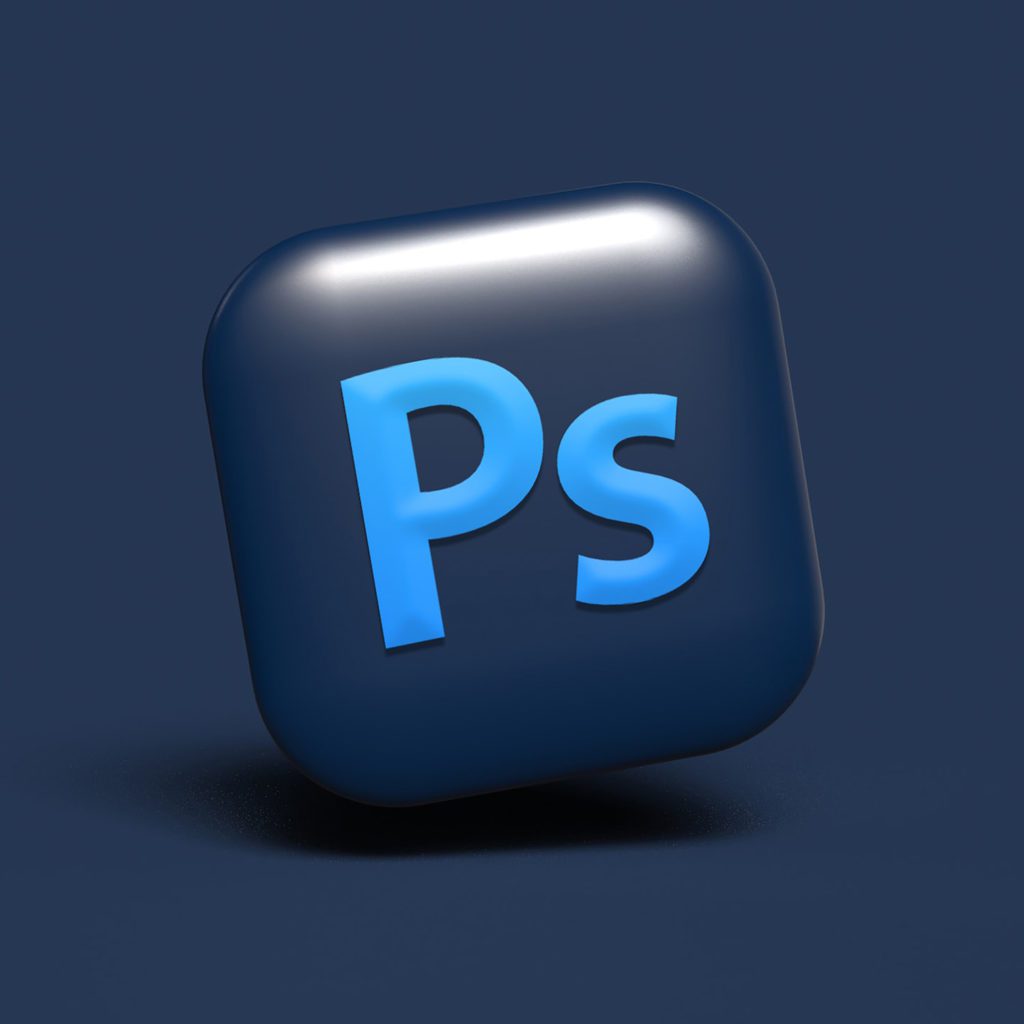In this comprehensive guide, we’ll go over everything you need to know about web design. We’ll start with the basics of designing a website, then move on to more advanced topics like responsive design, CSS, and HTML5. By the end of this guide, you’ll have all the knowledge you need to get started on your journey.
Basics to Know in Web Design
What is Web Design?
Web design is the process of creating websites. This involves planning, designing, and coding websites. Web designers use a variety of different tools to create websites. These tools include HTML, CSS, and JavaScript code editors.
What is a Website?
A website is a collection of online files that are accessed through a web browser. Websites are typically made up of HTML, CSS, and JavaScript code.
What is HTML?
HTML is a markup language that is used to create websites. It stands for HyperText Markup Language. HTML code consists of a series of elements that are used to structure content on a webpage.

What is CSS?
CSS is a style sheet language that is used to describe the look and feel of a website. CSS code consists of a series of rules that are used to style HTML elements.
What is JavaScript?
JavaScript is a programming language that is used to create interactive websites. JavaScript code can be used to create things like menus, forms, and animations.
What is a Web Browser?
A web browser is a software program that is used to access websites. The most popular web browsers include Google Chrome, Mozilla Firefox, and Microsoft Edge.
What is a Domain Name?
A domain name is the address of a website. Domain names typically take the form of “www.example.com”.
What is Web Hosting?
Web hosting is the process of storing websites on servers. This allows people to access websites from anywhere in the world.
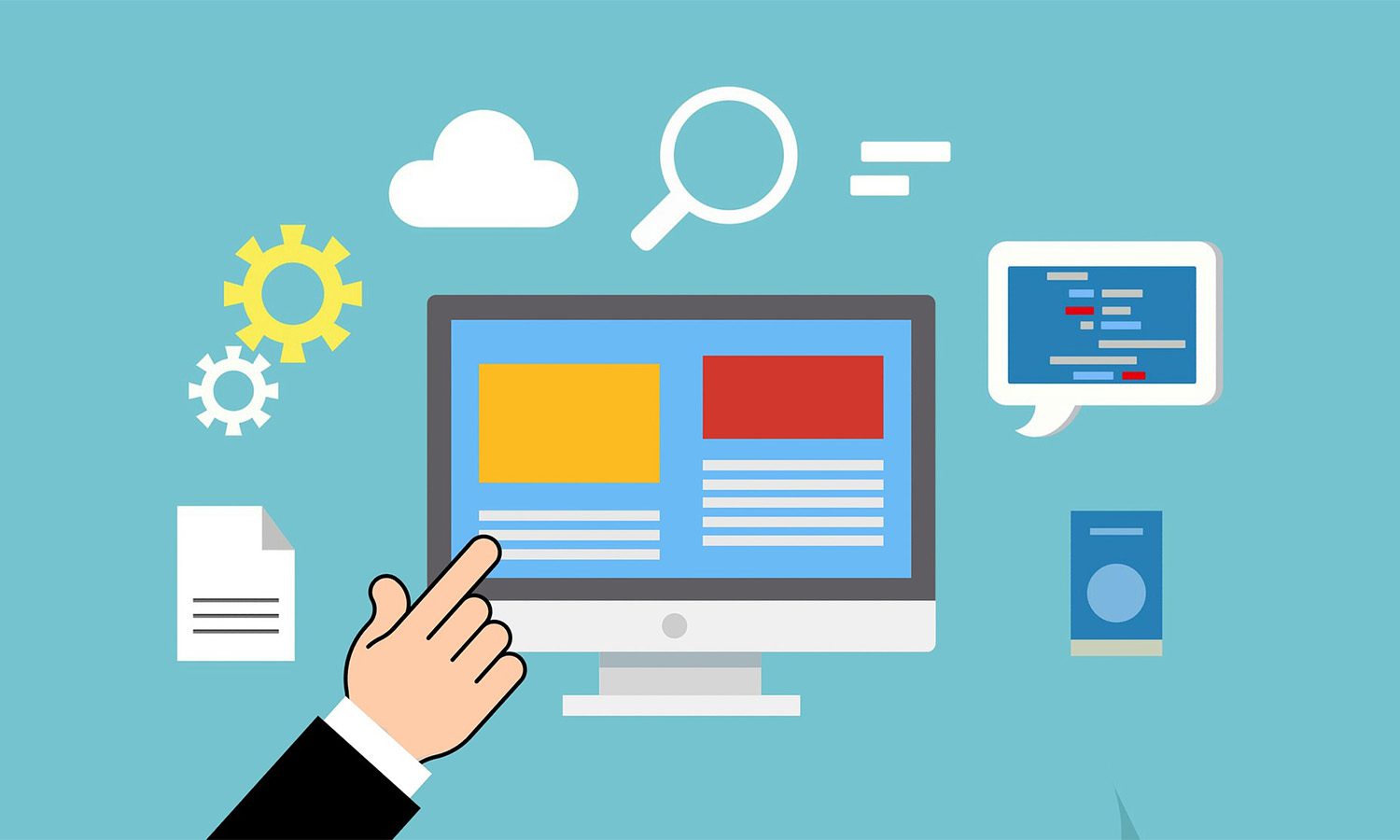
What is a Fluid Layout?
A fluid layout is a type of responsive web design that uses a flexible grid. This means that the website will be able to resize itself to fit on any device.
What are Fluid Images?
Fluid images are a type of responsive web design that uses images that can resize themselves to fit on any device. This means that the images on the website will be able to resize themselves to fit on any device.
What are Media Queries?
Media queries are a type of responsive web design that allows different CSS rules to be applied depending on the device. This means that different CSS rules can be applied for mobile phones, tablets, and desktop computers.
What is a Fixed Layout?
A fixed layout is a type of web design that uses a fixed width. This means that the website will have a fixed state and will not be able to resize itself to fit on any device except its intended use.
What is Fixed Width?
A fixed width is a type of web design that uses a fixed width. This means that the website will have a fixed width and will not be able to resize itself to fit on any device, except its intended device.
What is Static Layout?
Static layout is another name for fixed layout, as explained above.
What is a Content Management System (CMS)?
A content management system (CMS) is a type of software that helps you create and manage your website. A CMS can help you create pages, add content, and manage your website.
What is an eCommerce Platform?
An eCommerce platform is a type of software that helps you sell products and services online. An eCommerce platform can help you create a website, add products, and accept payments.
What is Forum Software?
Forum software is a type of software that helps you create a forum. A forum is a website where people can post messages and reply to other messages. Forum software can help you create a forum, add topics, and moderate the forum.
What is a Wireframe?
A wireframe is a type of design that shows the structure of a website. A wireframe can help you to plan the layout of your website.
To learn more about wireframing, check our guide: A Comprehensive Guide to Website Wireframing.
What is a Mockup?
A mockup is a type of design that shows how a website will look before it is created.

What is a Prototype?
A prototype is a type of design that shows how a website will work before it is created.
What are Web Standards?
Web standards are a set of guidelines that helps to ensure that websites are accessible and usable. Web standards can help to make sure that your website is accessible to everyone.
What is Intrinsic Web Design?
Intrinsic web design is a type of web design that focuses on the content of the website.
To learn more about intrinsic web design, check our blog: What is an Intrinsic Web Design?
What is Extrinsic Web Design?
Extrinsic web design is a type of web design that focuses on the look of the website.
What is Inclusive Web Design?
Inclusive web design is a type of web design that focuses on making sure that the website can be used by everyone.
To learn more about inclusive web design, check our blog: 5 Inclusive Design Principles to Improve Your Website.
What is Communication Design?
Communication design is the process of designing and creating messages that are effective and meaningful.
To learn more about communication design, check our blog: The Incredible Power of Communication Design.
What is Progressive Enhancement?
Progressive enhancement is a web design approach that prioritises delivering an excellent experience to all users, regardless of their device or browser capabilities. It’s a method for creating websites that are both accessible and user-friendly, while still taking advantage of cutting-edge technologies and features.
To learn more about progressive enhancement, check our blog: Progressive Enhancement: Why It Matters for Your Website.
What is Design Thinking?
Design thinking is a process that helps you to understand the needs of users and create solutions that meet those needs. Design thinking can help you to create a website that is user-friendly.
To learn more about design thinking, check our blog: How Design Thinking Can Help You Boost Your Conversion Rate.
What is User Research?
User research is the process of investigating and understanding the needs of users before starting the web design process.
What is Information Architecture?
Information architecture is the process of organising and labelling the content on a website. Information architecture can help you to create a website that is easy to use.
What is Usability Testing?
Usability testing is the process of testing how easy it is to use a website and make improvements if needed.
Types of Websites
There are a variety of different types of websites. Some common types of websites include:
- Personal websites: Websites that are created by individuals for personal use.
- Business websites: Websites that are created by businesses to promote their products or services.
- Educational websites: Websites that are created by educational institutions to provide information and resources to students.
- Government websites: Websites that are created by government agencies to provide information and resources to the public.
How are Websites Created?
Websites are typically created using a combination of HTML, CSS, and JavaScript code. These code files are stored on a web server. When someone types in a website’s address, their web browser retrieves the code files from the server and displays the website.
History of Web Design
In a nutshell, it all started with the creation of the World Wide Web in 1989. The first website was created shortly thereafter, and since then, the field of web design has grown exponentially.
In the early days of the internet, websites were mostly static pages of text and images. However, as internet speeds increased and browsers became more advanced, designers began to experiment with animation and interactivity. This led to the development of new technologies like Flash and Java, which allowed for much more sophisticated website designs. As the years went by, web design continued to evolve. New trends emerged, old ones faded away, and the overall look and feel of websites changed dramatically.
Today, web design is more complex than ever before. There are a variety of different technologies and approaches that designers can use to create unique and innovative websites. However, at its core, the goal of web design remains the same: to create a website that is both visually appealing and easy to use.
Elements of Web Design
When it comes to web design, there are three essential elements that you need to keep in mind: content, structure, and aesthetics.
- Content: Content is the information that you want to communicate through your website. This can include text, images, videos, or anything else that you feel is important for your visitors to see.
- Structure: Structure refers to the way in which your content is organised. This includes things like the hierarchy of your pages, the way in which your navigation is set up, and the overall layout of your site.
- Aesthetics: Aesthetics are the visuals of your website, including things like colour scheme, typography, and imagery.
All three of these elements are important when it comes to designing a successful website. Keep them in mind as we go over the basics of web design.
Important Concepts in Web Design
Visual Hierarchy
One of the most important concepts in web design is visual hierarchy. This refers to the way that information is arranged on a page, and how easy it is for users to find what they’re looking for. In general, designers strive to make the most important information easy to see and understand, while less important information is placed further down on the page.
There are a variety of different techniques that can be used to create a strong visual hierarchy. For example, designers might use typography, tto make certain words stand out. They might also use whitespace (empty space on a page) to draw attention to particular elements. In addition, designers often use colour and other visual cues to help users understand the hierarchy of information on a page.
Layout
The layout of a website is another important aspect of web design. This refers to the way that information is arranged on the page, and how different elements are placed in relation to each other. There are a variety of different layout types that can be used, but some of the most common are grid layouts, modular layouts, and hierarchical layouts.
- Grid layouts are probably the most popular type of layout used in web design. In a grid layout, content is arranged in columns and rows. This type of layout is easy to use and helps to create a clean, organised look.
- Modular layouts are similar to grid layouts, but they are more flexible. In a modular layout, content is also arranged in columns and rows. However, the columns and rows can be of different sizes, and elements can be placed in any order. This type of layout is perfect for websites that need to display a lot of information in an easily digestible way.
- Hierarchical layouts are less common than grid or modular layouts, but they can be very effective when used correctly. In a hierarchical layout, information is arranged in layers. The most important information is placed at the top, while less important information is placed further down. This type of layout is often used on websites that have a lot of content, such as online stores or news websites.
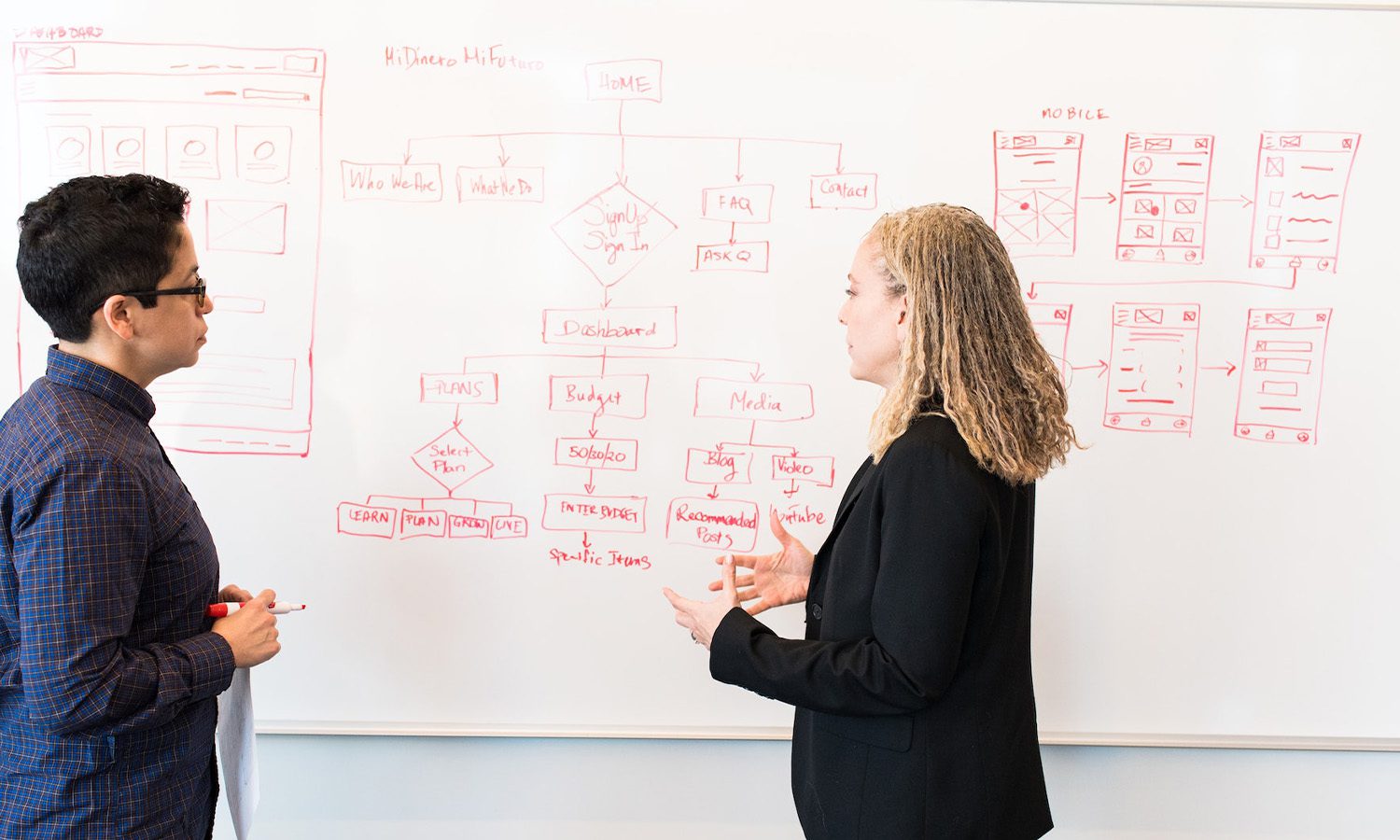
User Experience (UX)
User experience is a relatively new concept in web design. This refers to the way that users interact with a website, and how easy it is to use. Creating a good user experience is essential for any designer who wants to create successful websites. Some of the most important aspects of UX include navigation, content, and visual design.
- Navigation refers to the way that users move around a website. Creating clear and easy-to-use navigation is essential for any website that wants to be easy to use.
- Content is the information that is presented on a website. Creating well-written and informative content is essential for any website that wants to be successful.
- Visual design refers to the way that a website looks. Creating a visually appealing website is essential for any designer who wants to create an attractive and successful website.
Current Web Design Trends
Like all industries, web design is constantly evolving. New trends emerge every year, and old ones fade away. Keeping up with the latest trends is important for any designer who wants to create cutting-edge websites.
Some of the biggest trends in web design right now include:
Responsive Web Design
Responsive web design is a type of web design that makes a website easy to use on all devices. This includes making a website easy to use on a mobile phone, tablet, and desktop computer.
To learn more about responsive web design, check our blog: The SEO Benefits of Responsive Web Design.
Mobile-First Design
Mobile-first design is a type of responsive web design that starts by designing a website for mobile devices. This means that the website will be designed for mobile devices first and then designed for other devices.
To learn more, check our blog: Google’s Mobile First Indexing: What It Means for Your Website.
Adaptive Design
Adaptive design is a type of responsive web design that uses different versions of a website for different devices. This means that there will be separate versions of the website for mobile phones, tablets, and desktop computers.
Web Design Tools
There are a variety of different tools that designers can use to create websites. Some of the most popular web design tools include Adobe Photoshop, Adobe Illustrator, and HTML/CSS code editors.
- Adobe XD
- Sketch
- Figma
- HTML/CSS editors
Web Design Best Practices
When creating a website, there are a few best practices that should be followed. These best practices include:
Web Standards
Web standards are a set of guidelines that ensure that websites are accessible to everyone. These guidelines are set by the World Wide Web Consortium (W3C). Some common web standards include:
- using semantic HTML code
- using CSS for styling purposes
- providing alternate text for images
Browser Compatibility
Browser compatibility is the ability of a website to be used on all types of browsers. This is important because not all users will be using the same browser. A website that is not compatible with all browsers will be difficult to use for some users.
Search Engine Optimisation
Search engine optimization (SEO) is the process of making a website easier to find in search engines. This is done by using keywords and phrases that are relevant to the content on the website.
Usability
Usability is the ability of a website to be easy to use. A usable website will be easy to navigate and use. It will also be accessible to all users, including those with disabilities.
Functionality
Functionality is the ability of a website to work properly. A functional website will load quickly and correctly. It will also be free of errors and bugs.
Creating a Website
There are a few steps that need to be followed in order to create a website. These steps include:
Planning the Website
The first step in creating a website is to plan the website. This involves deciding on the purpose of the website, the target audience, and the content that will be included on the website.
Designing the Website
After the website has been planned, it needs to be designed. This involves creating a visual design for the website. The visual design should be created using web standards. It should also be compatible with all browsers.
Coding the Website
Once the website has been designed, it needs to be coded. This involves writing the HTML, CSS, and JavaScript code for the website. The code should be written using web standards. It should also be compatible with all browsers.
In addition, there are a few website builders and CMSs that allow you to create a website without having to code. These include WordPress, Wix, Weebly, and Squarespace. All of these provide a drag and drop interface that makes it easy to create a website.
Testing the Website
After the website has been coded, it needs to be tested. This involves checking to see if the website works correctly on all browsers. It should also be checked for errors and bugs.
Launching the Website
After the website has been tested, it is ready to be launched. This involves making the website live on a web server so that it can be accessed by everyone.
Main Challenges of Web Design
There are a few challenges that need to be considered when designing a website. These challenges include:
Making the Website Compatible with All Browsers
One of the challenges of web design is making the website compatible with all browsers. This is important because not all users will be using the same browser. A website that is not compatible with all browsers will be difficult to use for some users.
Making the Website Accessible to All Users
Another challenge of web design is making the website accessible to all users. This is important because some users may have disabilities that make it difficult for them to use a website. A website that is not accessible to all users will be difficult to use for some users.
Making the Website Easy to Use
Another challenge of web design is making the website easy to use. This is important because some users may not be familiar with how to use a website. A website that is not easy to use will be difficult to use for some users.
Cybersecurity
As the number of cyberattacks increases, it is important to make sure that your website is secure. There are a few things that you can do to make sure that your website is secure.

SSL Certificate
An SSL certificate is a type of security that encrypts information sent between a website and a user. This means that if someone tries to intercept the information, they will not be able to read it.
Firewall
A firewall is a type of security that helps to protect a website from attacks. A firewall can help to block certain types of traffic from reaching a website.
Password Protection
Password protection is a type of security that helps to protect a website from being accessed by unauthorised users. Password protection requires a user to enter a username and password to access a website.
Backups
Backups are a type of security that helps to protect a website from being lost. Backups are copies of a website that can be used to restore a website if it is lost.
Relationship Between Web Design and SEO
The relationship between web design and SEO is important because the way a website is designed can impact its search engine ranking. A well-designed website that is easy to use and navigate will typically rank higher in search engine results than a website that is poorly designed or difficult to use. Therefore, it is important to consider both web design and SEO when creating a website.
To learn more about SEO, check our guide: Search Engine Optimisation: A Comprehensive Guide.
How Much Does Web Design Cost?
The cost of web design can vary depending on the size and complexity of the project. Generally, the cost of web design is between £2,000 and £10,000, taking between 6 and 18 weeks to complete.
Get in touch to find out more.


